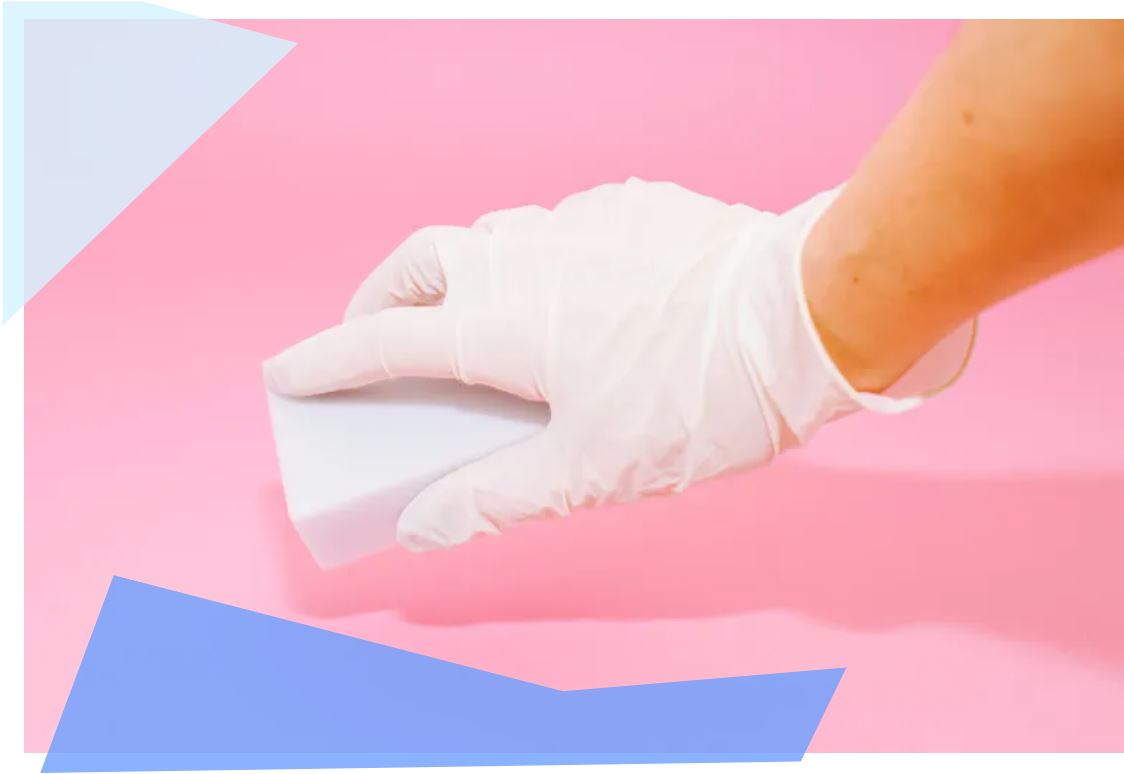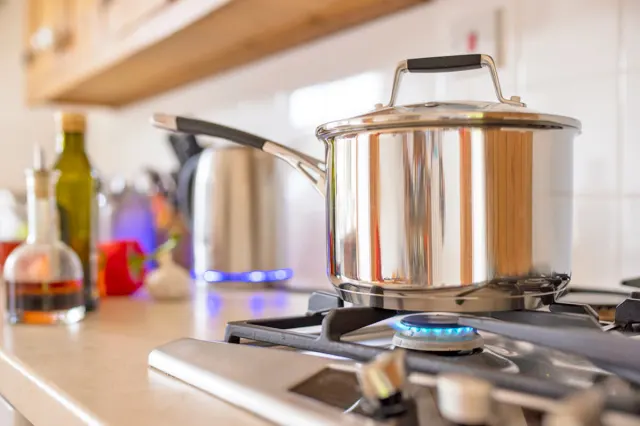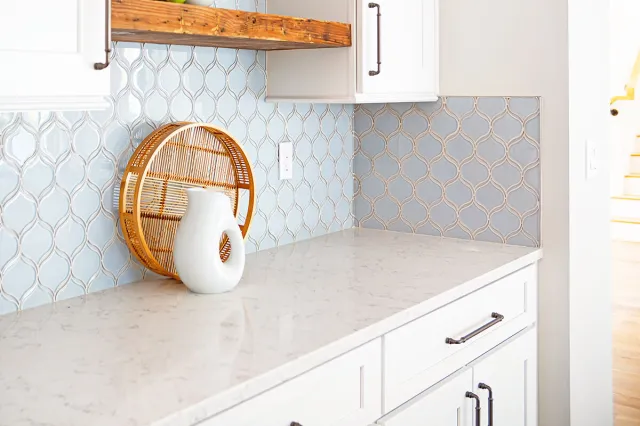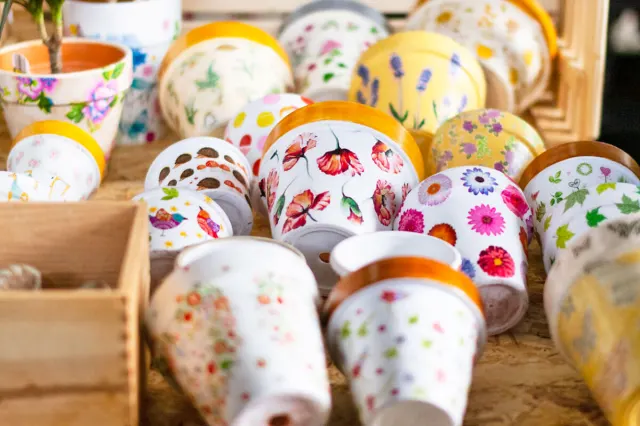
Two decades after hitting store shelves, Magic Erasers have developed a miraculous reputation, and for good reason. Soap scum? Banished. Wall scuffs? Begone. Sticker residue from your thrift store finds? No one will ever know the deal you got (unless you tell them). Turns out, these magical sponges aren’t supernatural scrubbers, but rather repurposed insulating foam. Magic Erasers are made from melamine foam, a sound-absorbing material typically used in recording studios. Its sandpaper-like texture just so happens to be incredibly effective at blasting through stuck-on stains and grime. Magic Erasers can be used nearly anywhere in your home, but they do have some limitations. Avoid these spots to keep the cleaning magic alive and your countertops scuff-free.

Credit: SolStock/ iStock
Stainless Steel
Stainless steel seems invincible, though it’s no match for Magic Erasers, which are estimated to have the same power as 5,000-grit sandpaper. That level of abrasiveness is enough to scratch stainless steel and leave behind dull patches on its polished finish.

Credit: Yuri Orgunov/ Shutterstock
Stone and Wooden Countertops
Not every countertop can withstand the intensity of a melamine sponge, particularly ones made from stone. Marble and granite countertops can scuff and lose their smooth feel, and butcher block countertops can be roughed up from Magic Erasers. Find a more delicate option for these countertops lest you damage the fine surfaces.

Credit: ozgurkeser/ iStock
Wood Surfaces
Just like butcher blocks, wooden surfaces like cabinets, hardwood floors, and furniture can be damaged by melamine sponges. Their grit can strip off varnish and ruin veneers, damaging wooden accents in your home.

Credit: Katie Polansky/ Unsplash
Electronic Screens
Keeping electronics clean cuts back on germs and grime, though it’s best done without a melamine sponge, which can destroy the protective coating on phone and tablet screens. Avoid damaging scratches by using disinfecting wipes or a soft cloth to clear away dust.

Credit: ben-bryant/ Shutterstock
Non-Stick Cookware
The scientists behind Magic Erasers suggest swapping out melamine sponges for the dishwashing variety when it comes to cleaning non-stick cookware. The sandpaper texture can cause the coating to flake off or wear away prematurely, leaving these skillets and pots unusable.

Credit: shen liu/ Unsplash
Your Car’s Exterior
Scraping bugs off your car’s paint is a tedious workout for your arms, which is why you might be tempted to reach for a melamine sponge. Not so fast — Magic Erasers can wear through the protective clear coat or, worse, degrade the paint below.

Credit: Alfredo Sanchez Rivera/ iStock
Painted and Plastic Items
Painted and plastic surfaces collect dust and grime, too, but they’re not well-served by Magic Erasers. These sponges can scrub through glossy paint and leave bare spots, and are too abrasive for most smooth or glossy plastic surfaces.
Magic Erasers are safe to use, though cleaning experts recommend a few precautions for the best tidying experience possible. While advertisements show these sponges used with bare hands, wearing a pair of cleaning gloves can keep the sandpaper-like grit from irritating your hands. Never use melamine sponges with chemicals — only with water, and always wet; when dry, Magic Erasers can become overly abrasive and cause damage to items you’re cleaning. But the key to preventing unexpected damage is spot-testing: giving new surfaces a small scrub in an innocuous spot before a full once-over with a melamine sponge guarantees your home and the items in it stay clean and scuff-free.

Nicole Garner Meeker Writer
Nicole Garner Meeker is a freelance writer, research editor, and Optimism contributor. Based in St. Louis, she’s an enthusiastic gardener, fiber artist, and connoisseur of fine snacks.
1,804 total views, 1 views today
